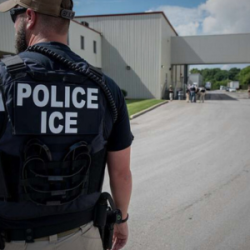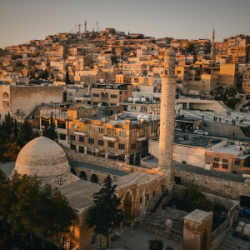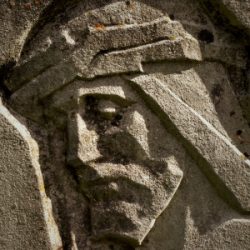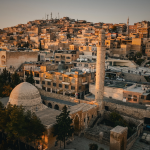Welcome readers! Please subscribe through the buttons on the right if you enjoy this post.
(Read this series from its beginning here.)
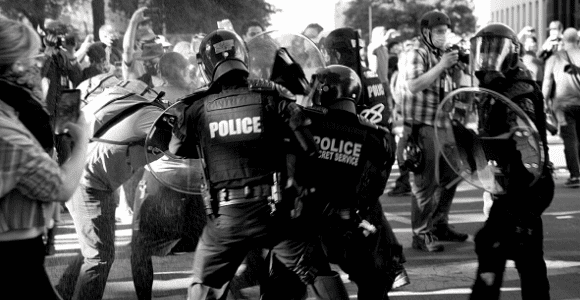
Again, this is where the path of systemic injustice pressed down too long by militarized force ultimately ends. People finally have enough. When the dust settles, there is either change or massive destruction as social unrest is once again quelled, and social change is once again pushed further down the line for a future revolt.
Rome put down Jerusalem in 70 C.E. But just seventy years later, there was another revolt, the Bar Kokhba revolt, the third Jewish revolt in the new millennium that ended in Rome’s genocidal destruction of the Jewish people. There’s no way to tell how a revolt quelled by militarized force will ultimately turn out. Will change come at a later date, or will it be just greater destruction?
Peace through a militarized quelling of unrest is not peace, but a lull waiting for another future eruption. Jesus’ life teaches us that it doesn’t have to be this way. The path toward peace is not greater force. The path toward peace is addressing the underlying causes for unrest, the underlying systemic injustices, and inequities causing the revolt.
For Luke’s Jesus, the green tree and dry tree imagery echo the warning given by Ezekiel in the days when Babylonian captivity loomed on the horizon:
“Hear the word of the LORD. This is what the Sovereign LORD says: I am about to set fire to you, and it will consume all your trees, both green and dry. The blazing flame will not be quenched, and every face from south to north will be scorched by it. Everyone will see that I the LORD have kindled it; it will not be quenched.” (Ezekiel 20:47)
Luke’s Jesus is saying “If Rome will do this to me—a prophet of nonviolence—if Rome sees my temple protest (involving the damage of privileged property) and my growing number of followers as a threat, how much more will they do this to Jerusalem when the people have had enough and choose the path of violence and insurrection and war?” Jesus is proclaiming, “Do not weep for me. Weep for yourselves.”
What does this mean for us today?
We can go on quelling social unrest, or we can choose to listen.
I’ve been reading The End of Policing by Alex S. Vitale. On the cover of the book it reads, “The problem is not police training, police diversity, or police methods. The problem is the dramatic and unprecedented expansion and intensity of policing in the last forty years, a fundamental shift in the role of police in society. The problem is policing itself.”
Rather than funding solutions to underlying causes of inequities, we have consistently funded a path of militarized responses to those responding to those inequities. Policing looks very different in other countries with a criminal justice system that is rehabilitative rather than punitive. In some of those countries, the police haven’t taken a human life in years, and they have extremely low recidivism rates compared to ours.
It’s time to take the funding we’ve been using to respond to inequity with militarized policing and invest that funding on reshaping and restructuring our societies in more just, more compassionate, safer ways and with life-affirming institutions. Recently, Mark Van Steenwyk of The Center for Prophetic Imagination posted a list of resources for those who would like to learn more about what defunding the police means and what it doesn’t mean. I recommend this list as a good starting point.
As Michelle Alexander recently stated, “America, this is your chance.”
Another iteration of our world is possible if we will collectively choose it.




